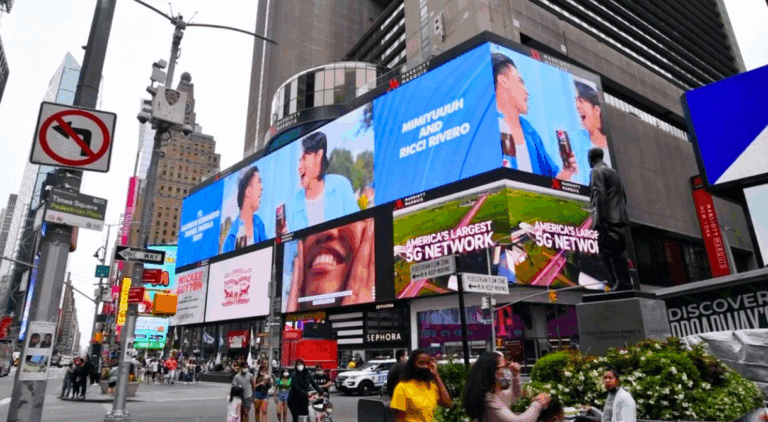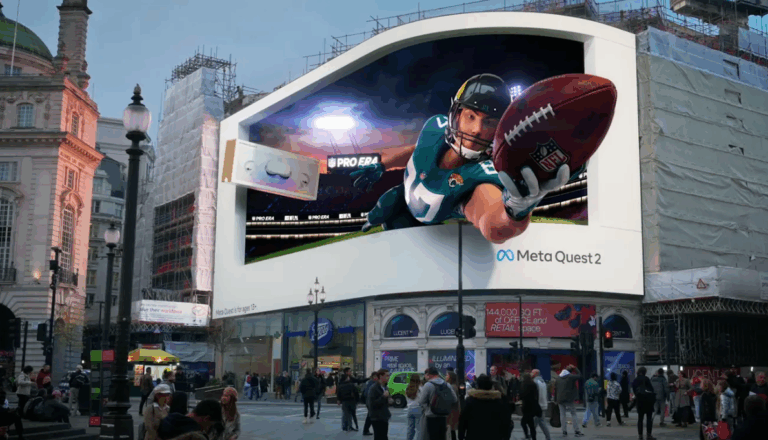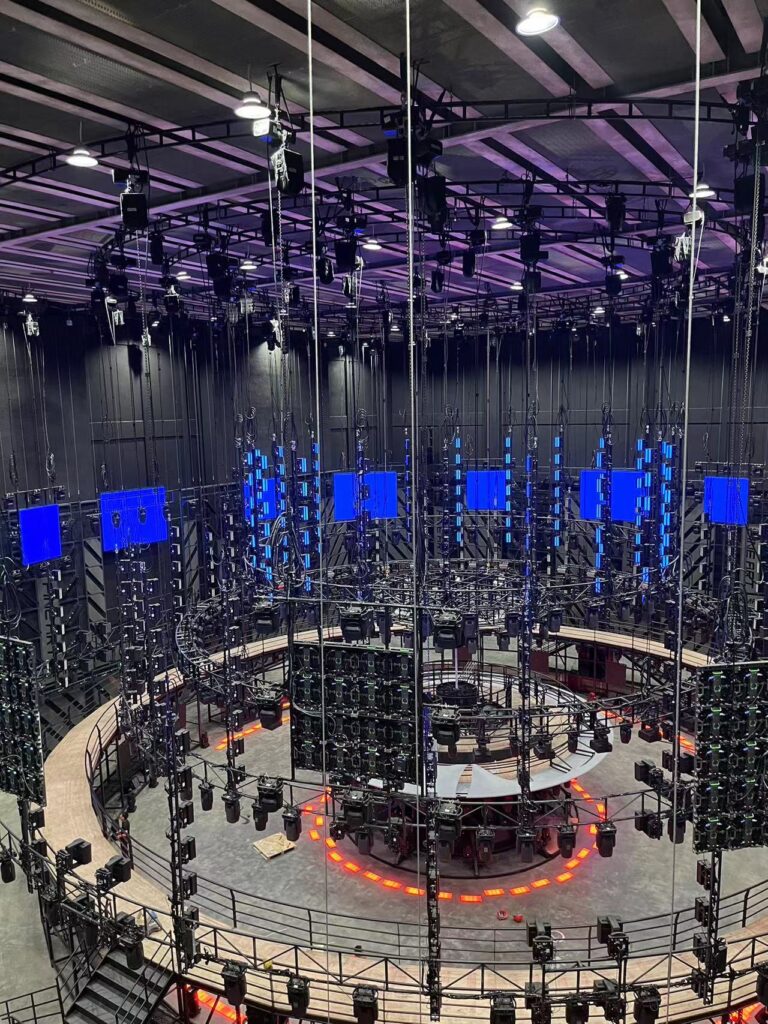Installation of LED display requires consideration of various factors, including installation environment, installation mode, power supply, data transmission and so on.
Determine the installation position
The installation location of the LED display is very important. Factors such as visibility, viewing Angle and viewing distance need to be taken into account. In general, LED displays should be installed close to the audience and have a good viewing Angle. At the same time, in order to ensure the stability and safety of the LED display, it is also necessary to choose a solid, flat, vibration free wall or bracket to fix the display.
Select the installation mode
LED display installation has a variety of ways, including hanging, fixed, ground support type and so on. Select different installation modes based on the actual situation. Pendant installation is suitable for large LED display, and hanger is set on the ceiling or beam for easy maintenance and cleaning. Fixed installation suitable for small LED display, using bolts fixed to the wall or ground support. The ground support type is suitable for indoor or outdoor occasions. The LED display can be placed directly on the support for easy disassembly and relocation.
Determine the power supply
LED display requires a stable power supply to ensure normal operation and display. The voltage and frequency of the power supply should match the requirements of the display screen, while taking into account the load capacity of the wire and the safe distance. Before installing the LED display, check whether the power cable interface is clean and secure, and whether the power cable is short circuit or grounded.
Connecting data line
LED display needs to be connected to the controller or computer through a data cable to complete the transmission and control of the display content. Before connecting the data cable, check whether the length and specifications of the data cable meet the requirements. At the same time, ensure the connection terminal firmness and signal transmission reliability. When connecting data lines, attention should be paid to the layout and protection of the lines to avoid electromagnetic interference and lap problems.
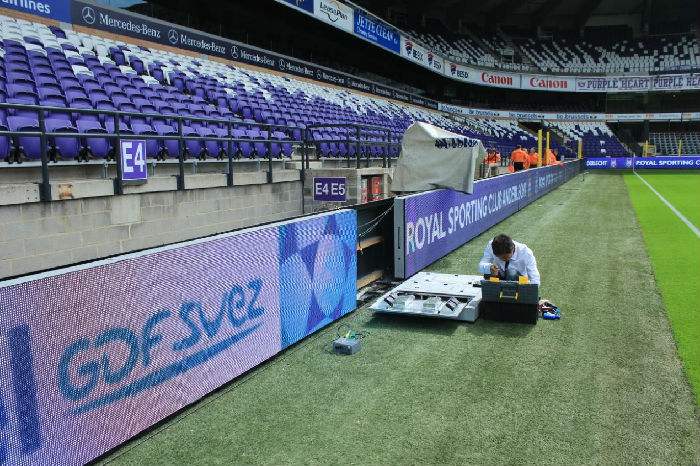
Debugging display
After installing the LED display, you need to debug and test the display to ensure normal operation and display. Before testing, make sure that the content displayed is correct, the pixels are on and off normally, the display effect is clear and stable, etc. If there is a problem, it needs to be adjusted and fixed. At the same time, you also need to perform a pressure test and durability test to ensure the quality and safety of the display.
In short, installation of LED display needs to consider a number of factors, including installation environment, installation mode, power supply, data transmission and so on. Before installation, be sure to carry out detailed planning and preparation to avoid unnecessary problems and risks.
Determine security protection measures
After installing the LED display, take safety measures into account to avoid damage and accidents caused by improper operation or other reasons. Safety protection measures include lightning protection, moisture-proof, dust-proof, and anti-theft. Before installing an LED display, you need to plan and design security measures to ensure the security and stability of the display.
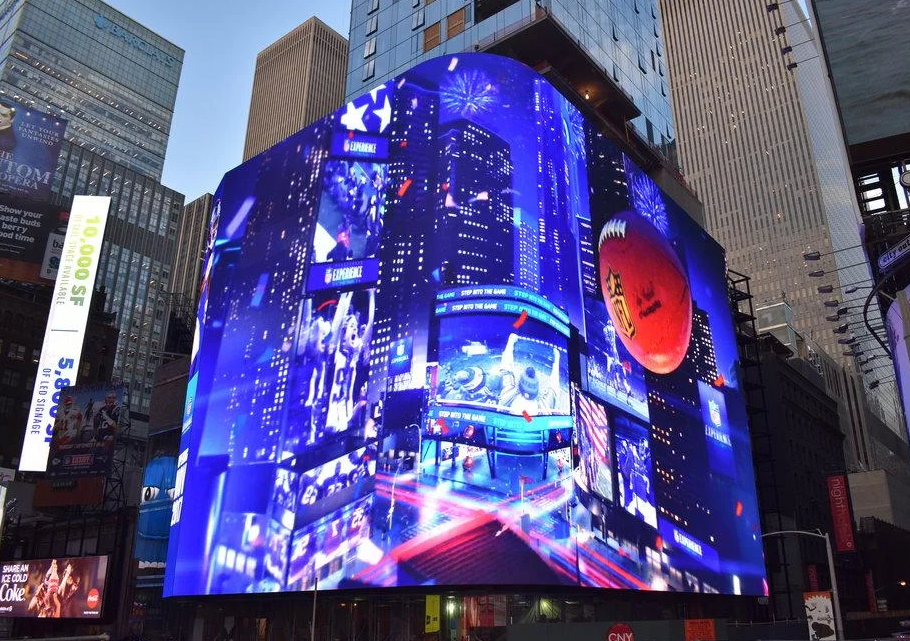
Regular maintenance and inspection
After the LED display is installed, regular maintenance and inspection are required to ensure its normal operation and service life. Maintenance and inspection include cleaning, anti-corrosion, sunscreen, timing switch and so on. During maintenance and inspection, pay attention to safety and operation regulations to avoid unnecessary damage to the display.
Consider subsequent upgrades and expansions
When installing LED displays, you need to consider the need and possibility of subsequent upgrades and expansions. For example, you can use a modular design to replace and upgrade the display. In addition, sufficient ports and expansion space can be reserved for subsequent expansion and upgrade of the display.
In conclusion, the installation of LED display is a complex and important task, which requires a comprehensive consideration of several factors and technical requirements. During the installation, comply with related regulations and operation rules to ensure the security and stability of the display. In addition, you need to perform regular maintenance and check to ensure the normal operation and service life of the display.

